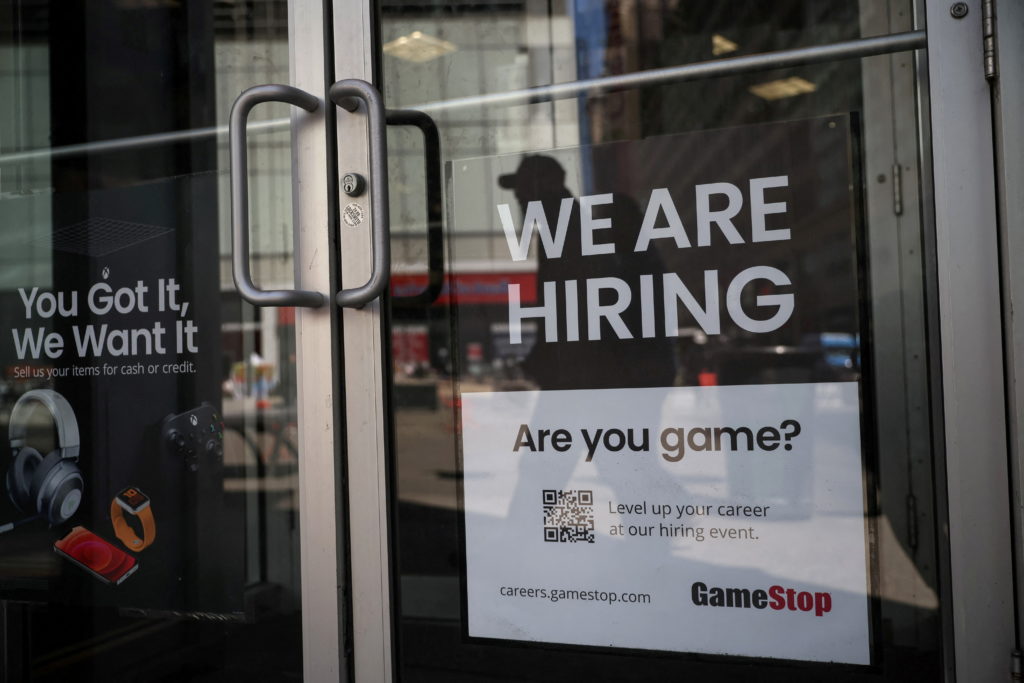

Durrant Pate/Contributor
Nonfarm employment increased by 390,000 in the United States, resulting in the country’s unemployment rate remaining stable at 3.6 per cent for the third month in a row.
The total number of Americans unemployed in May was 6.0 million. Notably, these numbers are little different from February 2020 (3.5 per cent and 5.7 million, respectively), prior to the onset of the coronavirus (COVID-19) pandemic.
The job growth was spread across various industries with leading gains in leisure and hospitality, professional and business service and transportation and warehousing. However, employment in retail trade declined.
In spite of this, nonfarm employment is down by 1.2 million or 0.8 per cent, from its pre-pandemic level in February 2020. Furthermore, among the major worker groups, the unemployment rates for Asians (2.4 per cent) declined in May.
The jobless rates for adult men (3.4 per cent), adult women (3.4 per cent), teenagers (10.4 per cent), Whites (3.2 per cent), Blacks (6.2 per cent), and Hispanics (4.3 per cent) showed little change over the month.
According to the US Bureau of Economic Analysis (BEA) among the unemployed, the number of permanent job losers was unchanged at 1.4 million persons in May.
Little change in temporary layoffs
The number of persons on temporary layoff was little changed over the month at 810,000. Additionally, the long-term unemployed accounted for 23.2 per cent of all unemployed persons in May. The number of long-term unemployed (those jobless for 27 weeks or more) is 235,000 higher than in February 2020.
The number of persons on temporary layoff was 810,000 in April. The labour force participation rate for May 2022 stood at 62.3 per cent, while the employment-population ratio also stood at 60.1 per cent. The number of persons not in the labour force who currently want a job changed little to 5.7 million in May.
This measure is above its February 2020 level of 5.0 million. A total of 1.5 million individuals were slightly attached to the labour force. Of the marginally attached, 415,000 persons were classified as discouraged workers in May.
In May, 1.8 million persons reported that they had been unable to work because their employer closed or lost business due to the pandemic—that is, they did not work at all or worked fewer hours at some point in the four weeks preceding the survey due to the pandemic.
“Among those who reported in May that they were unable to work because of pandemic-related closures or lost business, 19.9 per cent received at least some pay from their employer for the hours not worked, little different from the prior month,” reports the US Bureau of Labor Statistics. Nonetheless, persons employed part-time for economic reasons increased by 295,000 to 4.3 million in May, showing little change from its February 2020 level.
Based on the BLS assessment, “these individuals, who would have preferred full-time employment, were working part time because their hours had been reduced or they were unable to find full-time jobs.”
Total nonfarm payroll employment rose by 390,000 in May but is down by 822,000, or 0.5 per cent, from the pre-pandemic level in February 2020.

‘Leisure and hospitality’ trending up in May 2022
In the past month, professional and business services added 75,000 jobs in May 2022. Employment in leisure and hospitality continued to trend up in May (+84,000). Employment in retail trade declined by 61,000 over the month.
Additionally, state government education added 36,000, private education added 33,000, but local government education changed very little (+14,000). Other sectors such as health care (+28,000), construction (+36,000), and manufacturing services (+18,000) added to total employment. Employment in transportation and warehousing rose by 47,000, wholesale trade and mining went up 14,000 and 6,000, respectively. Also, there was little change shown in information, financial activities and other services.







Comments